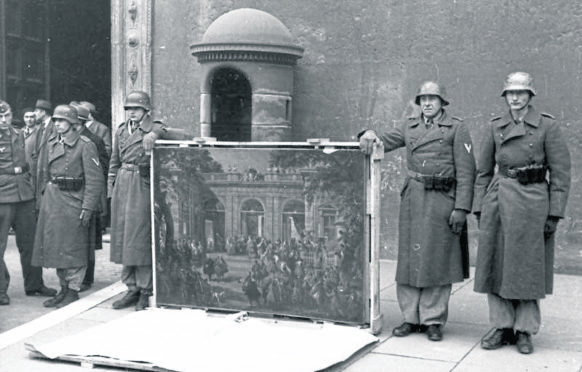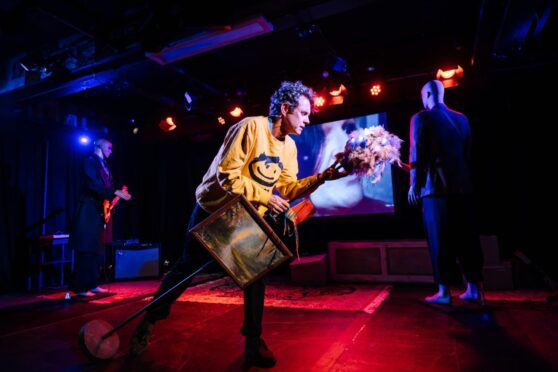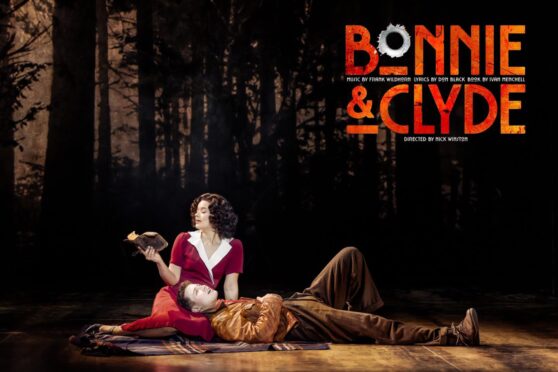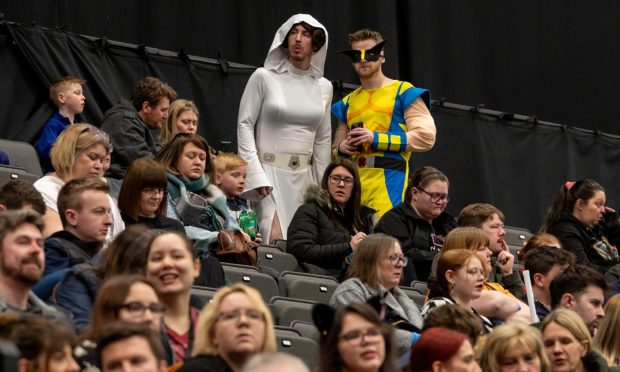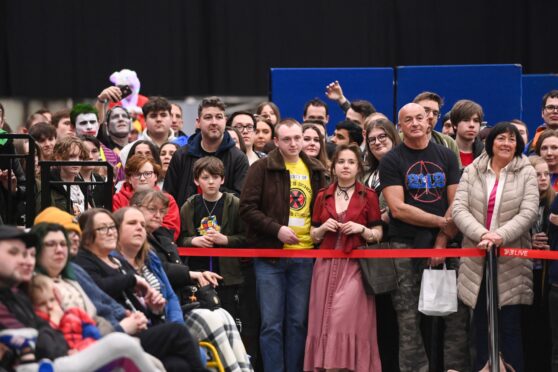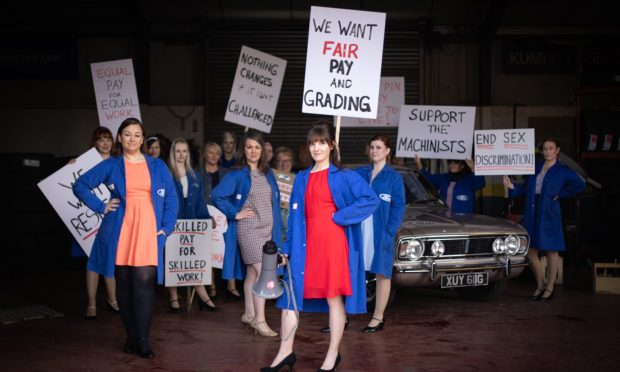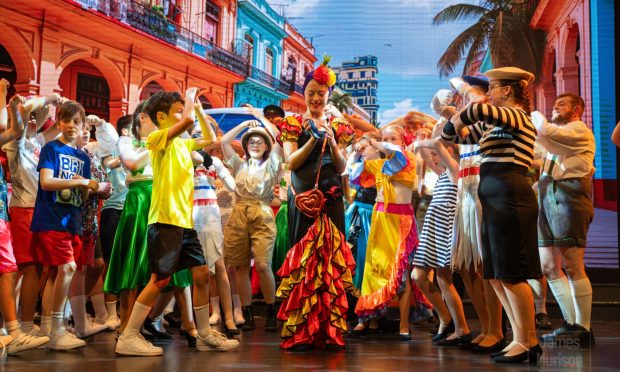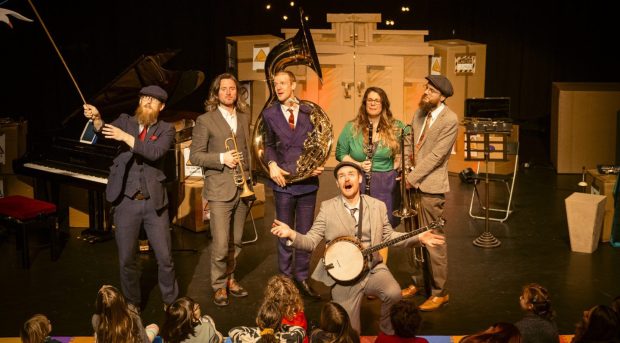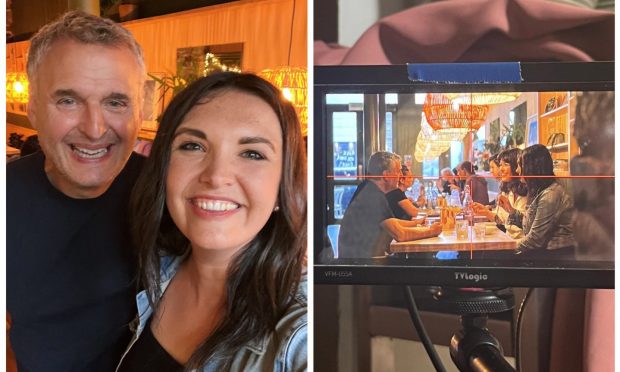Masterpieces looted by the Nazis in the war are among a host artworks set to be banned from exhibition in Aberdeen under a new five-year policy.
The local authority is renewing its collections policy and councillors will be asked to formally approve it at Tuesday’s meeting of the city growth committee.
Included is the standard ‘Spoliation of Works of Art during the Nazi, Holocaust and World War II period’, issued for non-national museums in 1999 by the Museums and Galleries Commission.
Alongside stolen Nazi art, there will also be bans on displays of artwork utilising human remains “as a material” and anything involving live animals.
And in further good news for animal lovers- nothing from endangered species can be displayed “except with the express consent of an appropriate outside authority”.
The report reads: “Aberdeen Art Gallery and Museums possesses collections of outstanding importance and quality. The entire collection was awarded Recognised Collection of National Significance status in 2007.
“The previous collections development policy has expired. The period of the policy is set at a maximum of 5 years under the accreditation scheme, but may be reviewed prior to that date by chief officer direction.”
The policy also says that artworks can be sold off in “exceptional circumstances”- and not to fill budget shortfalls.
Some pieces of the council’s collection are thought to be worth tens of millions of pounds with works by Rafael and Francis Bacon among the rarest.
The city’s A-listed art gallery is currently undergoing a £30 million renovation with a vast array of artwork currently held in a specially built “treasure hub” in Northfield.
But the project has suffered numerous delays with work that was due to be complete last year now having a “Autumn 2019” schedule.
Council culture spokeswoman Marie Boulton said the new policy would allow the council to attract pieces from around the world to the gallery when it opens.
She said: “The important thing is that when we approve this policy we will be able to take more pieces on loan.
“We have some of the most prestigious art work in the UK and even perhaps in Europe so policies like these are to keep that collection protected.”
How much stolen Nazi art is there?
The Third Reich raided many priceless pieces of artwork from countries they occupied- much of which has still not been recovered.
A lot of it was brought back to Germany and then at the end of war senior Nazis fled with their own private collections of masterpieces across the globe.
In October 170 artworks stolen from Jewish families by the Nazis and its collaborators were discovered in Dutch museums, including a painting in the royal collection.
Among the stolen pieces are Salome with the head of John the Baptist by Jan Adam Kruseman which is in the Rijksmuseum in Amsterdam, ‘De Bewening’ by Hans Memling in Museum Boijmans Van Beuningen in Rotterdam, and a watercolour entitled Bild mit Häusern by Wassily Kandinsky in the Stedelijk Museum in Amsterdam.
In 2015, two massive bronze horse sculptures crafted for Adolf Hitler were recovered by German police.
Berlin police said 100 tonnes of art were loaded on to trucks in the town of Bad Duerkheim where they were found in warehouses.
In neighbouring Poland in February, 2017 he son of a Nazi official returned three artworks that his family looted from Krakow during World War II.
Polish officials said they hoped the gesture by Horst von Waechter of Austria would inspire other Nazi descendants to follow suit.
Mr von Waechter returned an 18th century map of Poland, built into a small table, and two historic drawings that his mother, Charlotte von Waechter, had appropriated there in late 1939.
